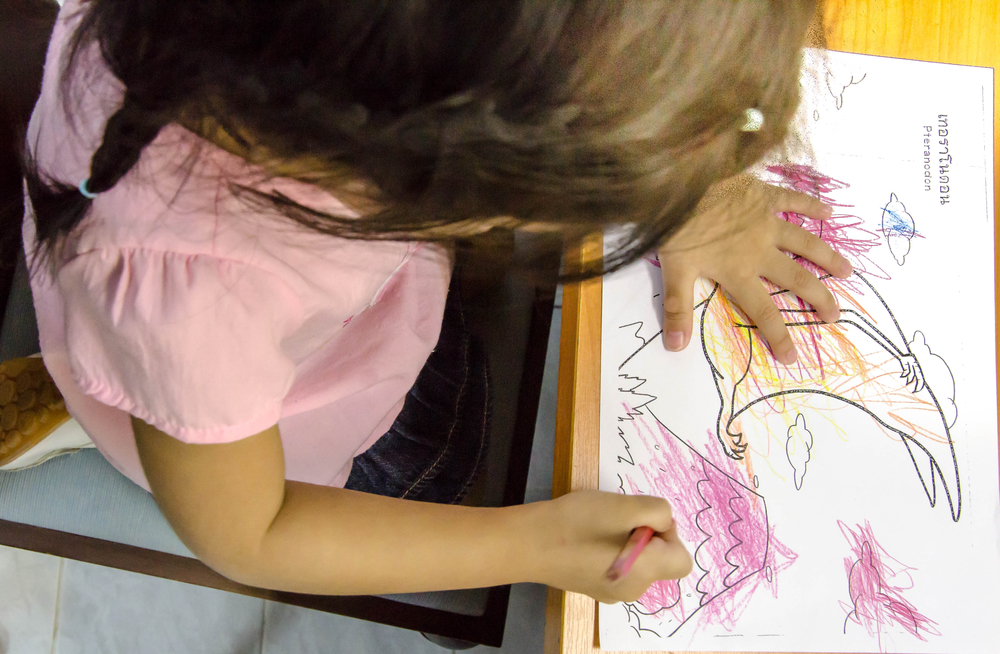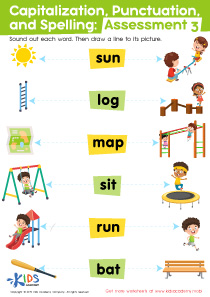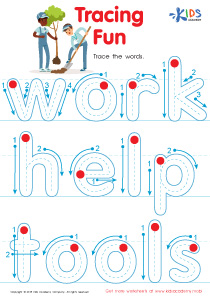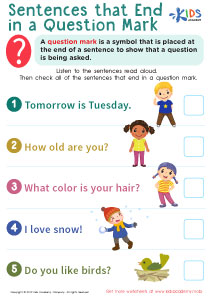Understanding plurals Writing Worksheets for Ages 4-6
4 filtered results
-
From - To
Welcome to our "Understanding Plurals Writing Worksheets for Ages 4-6" page! These engaging and educational worksheets are designed to help young learners grasp the concept of plurals. Through fun exercises and illustrations, children will explore how adding an "s" or "es" changes singular nouns to plural forms. Our worksheets cater to early grade students, enhancing their reading, writing, and grammar skills while making learning enjoyable. Perfect for both classroom and at-home practice, these resources support foundational language development effortlessly. Encourage your little one’s journey into the world of plurals with our expertly crafted materials!
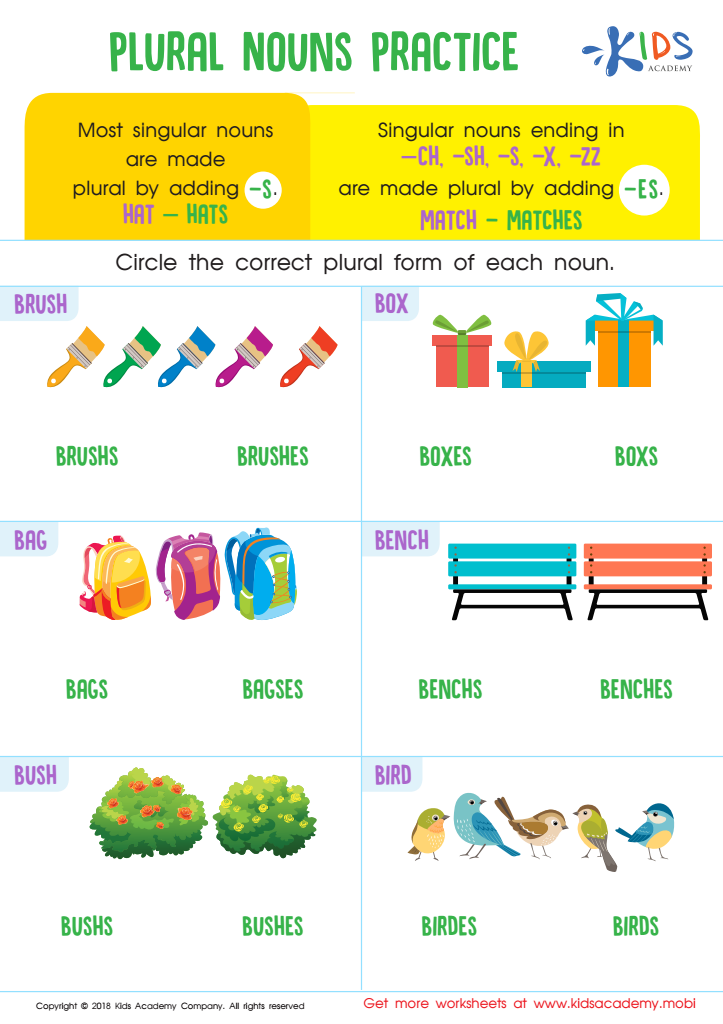

Plural Nouns Practice Worksheet
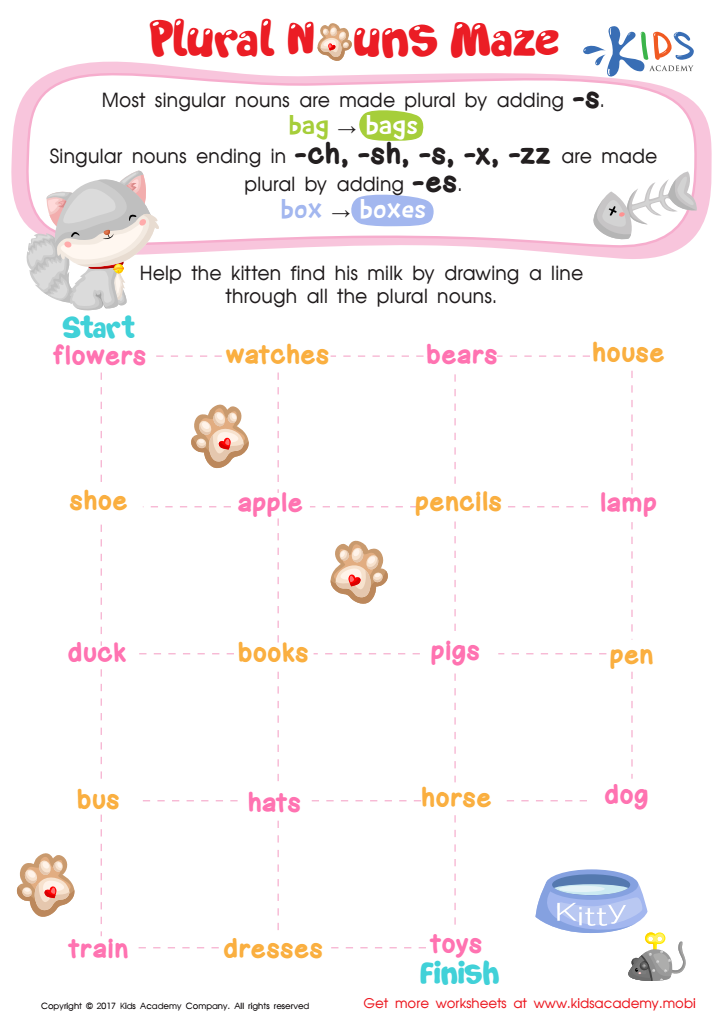

Plural Nouns Maze Worksheet
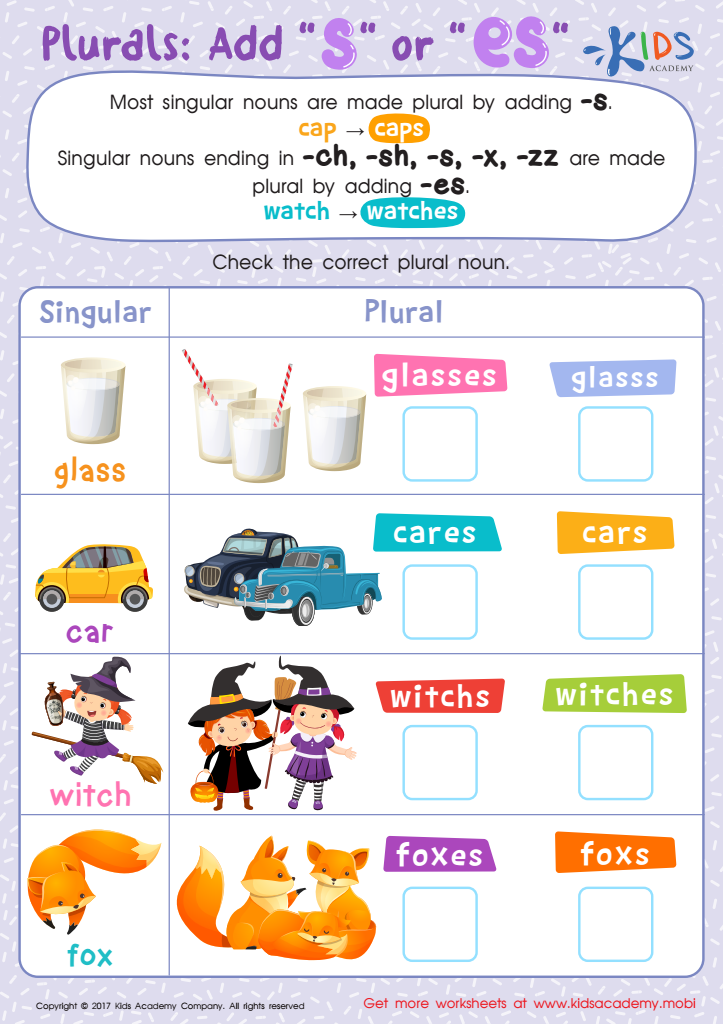

Plurals: "–es" or "–es"? Worksheet
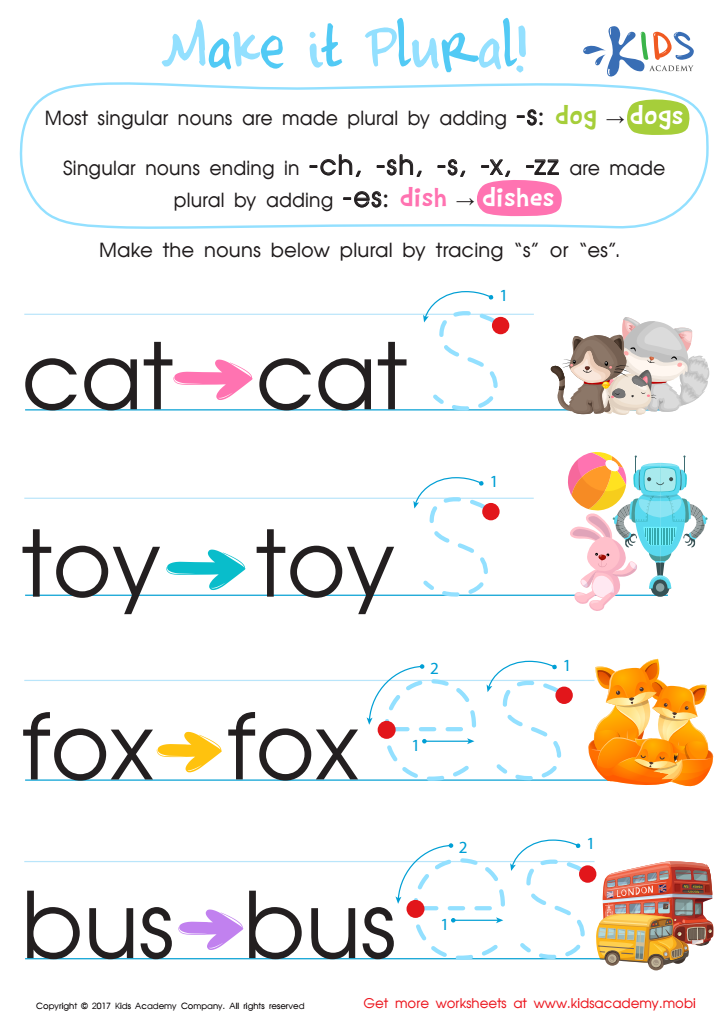

Make it Plural Worksheet
Understanding plurals is a foundational aspect of early literacy that parents and teachers need to emphasize for children aged 4-6. At this age, children are rapidly developing their language skills, and grasping the concept of plurals helps in expanding their vocabulary. Knowing how to form and use plurals correctly enhances children's communication abilities, enabling them to express themselves more clearly and understand others better.
Proficiency in plurals aids in reading comprehension. Children who understand the difference between singular and plural words can more easily make sense of sentences and stories. This skill also contributes to grammar knowledge, which is crucial for writing. Early exposure to plurals prepares children for more complex language concepts they will encounter in later grades.
Moreover, a solid grasp of plurals can foster confidence. When children feel adept at using and identifying plurals, they are more likely to participate in verbal and written activities—key components of their overall learning journey. Lastly, engaging activities like plural games and plural books make learning fun, encouraging a lifelong love for language. Therefore, teaching plurals is not just about rules but about empowering children with fundamental communication tools essential for their educational and personal growth.
 Assign to My Students
Assign to My Students







